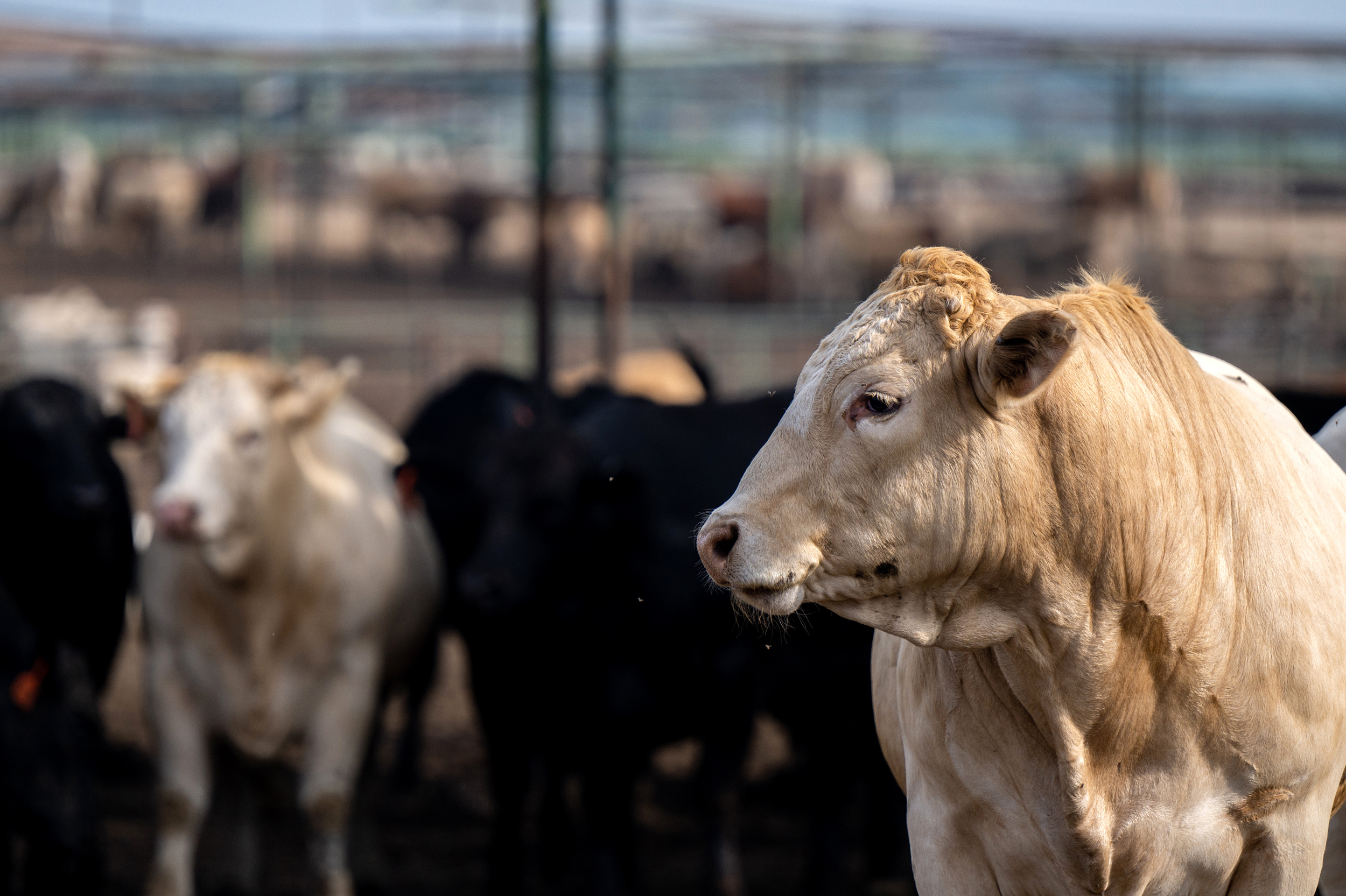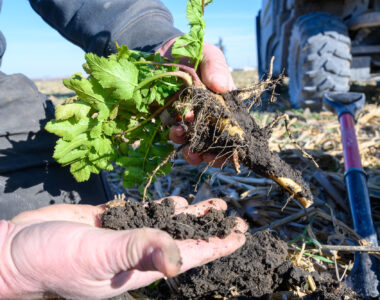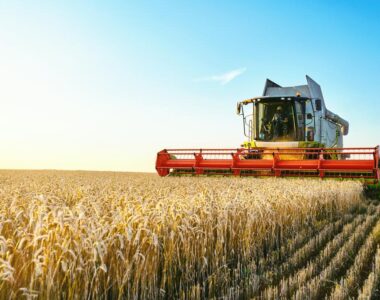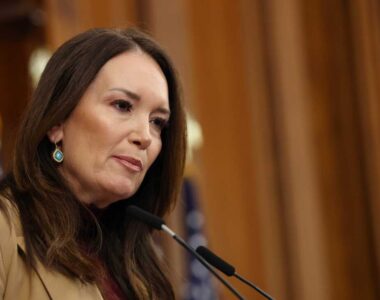
Cattle prices have recently reached record highs, marking a significant moment for the U.S. beef industry. This surge in prices reflects a combination of market dynamics, including tight cattle supplies, strong consumer demand, and challenges within the production chain. For both ranchers and consumers, these record prices are creating a new set of challenges and opportunities.
Why Cattle Prices Are Reaching Record Highs
One of the primary reasons cattle prices are hitting record highs is the historically low cattle inventory. According to recent reports, the U.S. cattle herd is at its smallest size in decades, largely due to prolonged droughts, rising feed costs, and economic pressures that forced many ranchers to reduce their herds. As a result, fewer cattle are available for processing, driving up the price of beef.
Additionally, consumer demand for beef has remained strong despite rising grocery costs. As inflation continues to affect the cost of food, consumers have shown resilience in their preference for beef, helping to push prices even higher. This combination of tight supply and steady demand has created a perfect storm for rising cattle prices.
Related: Why You Should Care About Local Food
Impact on Ranchers and Farmers
For ranchers, record-high cattle prices can be both a blessing and a challenge. On one hand, higher prices mean potentially larger profits for those selling cattle in the current market. However, the cost of raising cattle has also increased significantly. Feed prices, fuel, and other operational expenses remain high, which can cut into those potential profits.
Furthermore, the reduced herd sizes mean that even though prices are high, many ranchers have fewer animals to sell, limiting their ability to fully capitalize on the market upswing. This dynamic forces producers to carefully balance their herds and manage costs to maintain profitability.
Related: USDA Funding Cuts Threaten Local Farmers: How to Adapt
What It Means for Consumers
For consumers, the impact of record-high cattle prices is likely to be felt at the grocery store. Beef prices, which have already been trending upward, could see further increases as tight supplies continue. This may lead to more consumers choosing alternative protein sources or reducing their beef consumption altogether.
However, for those committed to supporting local ranchers and sourcing high-quality meat, platforms like Farm Trader can help connect them directly to small, family-owned farms. This direct connection can often mean fresher, more sustainably raised beef and a more transparent food chain.
Looking Ahead
As the cattle market continues to adapt to changing economic and environmental conditions, both ranchers and consumers will need to stay informed and flexible. Whether prices remain high or eventually stabilize, the current situation highlights the importance of resilient, locally focused agricultural systems that can weather market fluctuations.
Cattle prices hitting record highs is a reminder of the complex and ever-changing nature of agriculture, emphasizing the need for strong connections between farmers and their communities.



